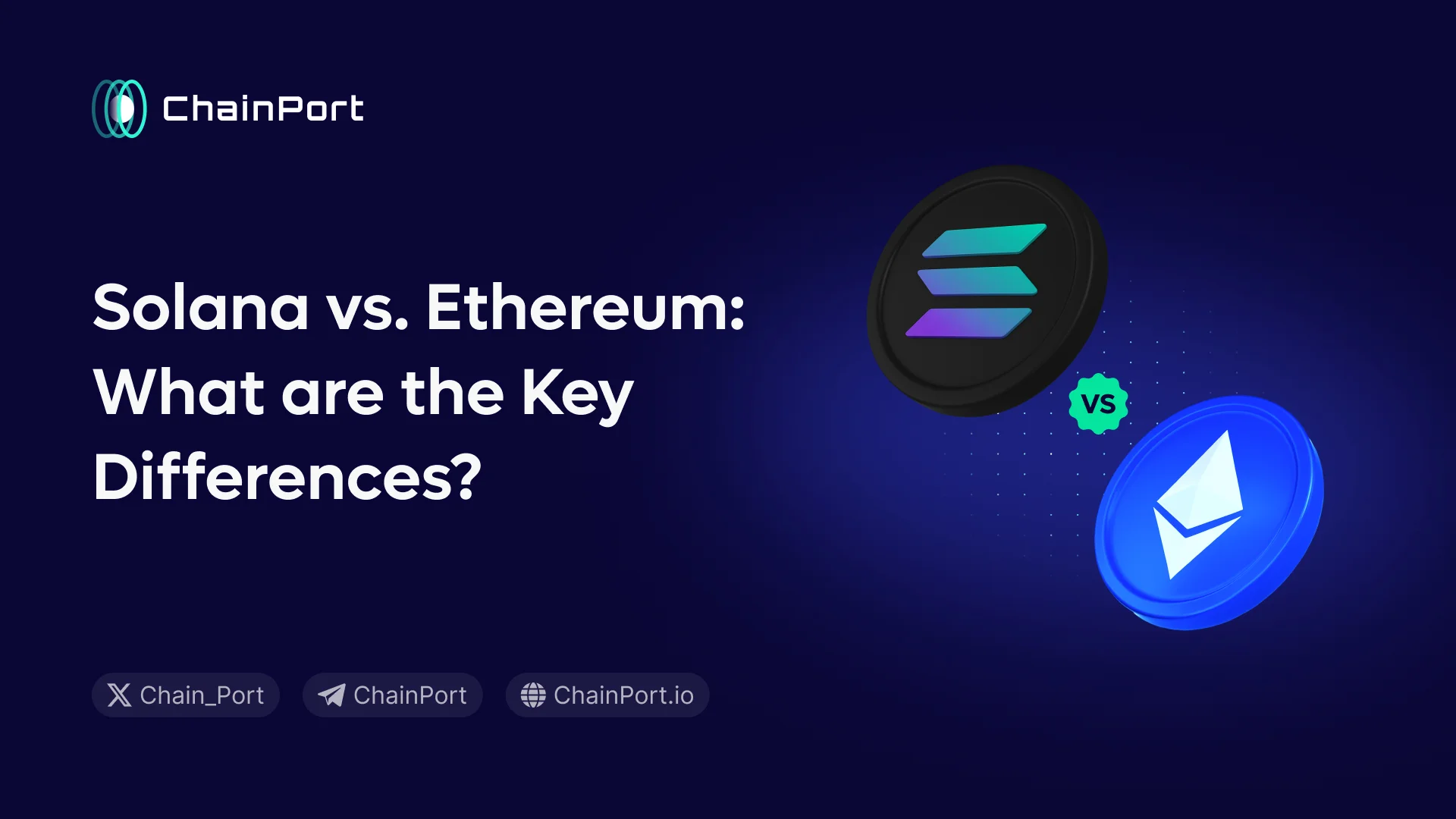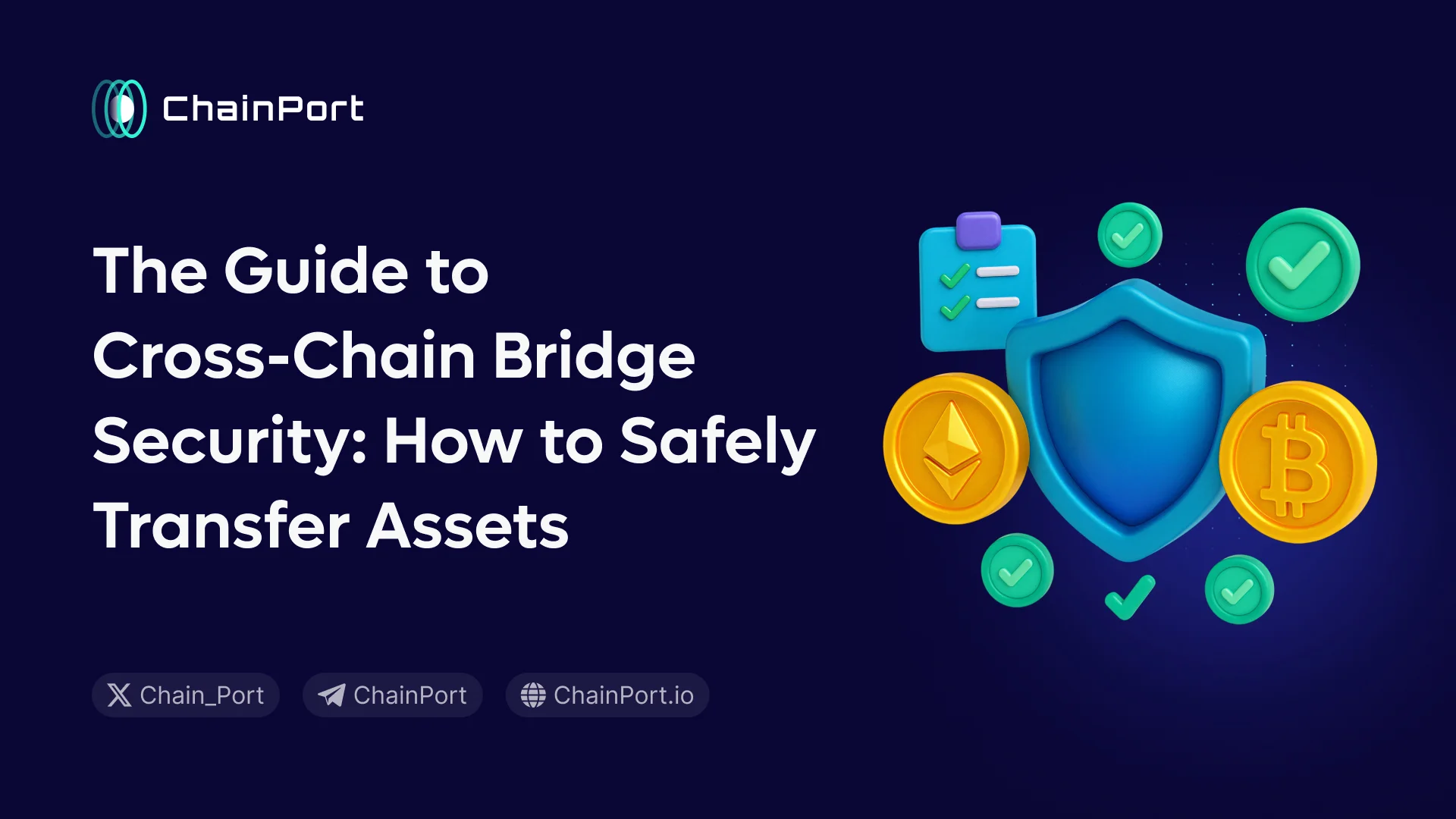tl;dr
- Ethereum and Solana are leading smart contract blockchains enabling tokenization, NFTs, and DeFi.
- Ethereum launched on July 30, 2015, proposed by Vitalik Buterin in 2013; Solana launched its mainnet beta in March 2020, founded by Anatoly Yakovenko.
- Ethereum prioritizes decentralization and security, acting as a settlement layer supported by Layer-2 rollups for scalability.
- Solana emphasizes speed and scalability on its single-layer architecture, powered by Proof-of-Stake and Proof-of-History.
An Introduction to Ethereum, Solana, and the Blockchain Trilema
Ethereum and Solana are the two most popular smart blockchain platforms. As smart blockchains, both allow tokenization, NFTs, DeFi, and more. While both platforms bear plenty of similarities, there are plenty of differences from a technological and philosophical perspective.
In this article, we will explore the key differences between the two platforms.
Ethereum's Core
Ethereum, officially launched on July 30, 2015, with its first version “Frontier,” is the decentralized and secure backbone of the Web3 ecosystem. Proposed in 2013 by Vitalik Buterin, Ethereum acts as a battle-tested settlement layer, prioritizing decentralization and security above all else.
Often described as a digital fortress, it ensures trustless execution of smart contracts and transactions. To overcome congestion and high fees, Ethereum scales through a growing ecosystem of Layer-2 solutions, such as rollups and sidechains. The layer 2s handle computation and transactions off-chain, while Ethereum itself anchors final settlement and security for the entire network.
Solana's Core
Solana, created by Anatoly Yakovenko and officially launching its mainnet beta in March 2020, is a high-performance, single-layer blockchain designed for exceptional speed and scalability. Development began in 2017, when Yakovenko published the project’s whitepaper and co-founded Solana Labs.
Unlike many blockchains that rely on Layer-2 scaling, Solana achieves low-cost, high-throughput performance directly on its base layer. This is made possible by its innovative combination of Proof of Stake (PoS) and Proof of History (PoH) mechanisms, which work together to process thousands of transactions per second.
The Main Trade-offs
The Blockchain Trilemma highlights the challenge of balancing decentralization, security, and scalability. No blockchain can fully optimize all three at once. Each must make trade-offs to excel in certain areas.
Ethereum prioritizes security and decentralization, ensuring trust and resilience through its vast validator network and Proof-of-Stake consensus. However, this comes at the expense of scalability, resulting in slower transactions and higher fees on Layer 1. Ethereum mitigates this through Layer-2 scaling solutions like rollups and sidechains.
Solana, on the other hand, focuses on scalability and speed through its dual Proof-of-History and Proof-of-Stake mechanisms. This design enables thousands of low-cost transactions per second but involves more centralization and occasional stability trade-offs.
Performance Showdown: Speed (TPS) & Transaction Fees
When users compare blockchains, two factors dominate the discussion: how fast transactions are processed and how much they cost. Ethereum and Solana represent different ends of this spectrum, each optimizing for specific goals.
1. Transaction Speed (Transactions Per Second)
On its base layer, Ethereum processes roughly 15–30 TPS, prioritizing decentralization and security over raw speed.
To scale, Ethereum relies on Layer-2 rollups like Arbitrum and Optimism, which bundle and settle thousands of transactions off-chain before posting them back to Ethereum, achieving thousands of TPS collectively.
Known for its speed, Solana can theoretically reach up to 65,000 TPS, with real-world throughput often between 1,000–2,000+ TPS. Its performance stems from parallel transaction processing enabled by its Proof-of-History and optimized architecture.
2. Transaction Fees (Gas)
Ethereum uses gas fees, which fluctuate with network demand. During high congestion, fees can spike dramatically, making smaller transactions costly.
Solana boasts ultra-low, stable fees, often just fractions of a cent, thanks to its high capacity and efficient design, which is a key advantage for high-frequency or microtransactions.
Core Architecture: The "How" Behind the Performance
Ethereum and Solana represent two fundamentally different approaches to blockchain architecture called modular vs. monolithic designs. These design choices shape everything from their performance and scalability to decentralization and security.
Ethereum’s Modular Architecture
Ethereum embraces a modular design, dividing responsibilities across specialized layers to maximize security and long-term scalability.
Ethereum uses Proof-of-Stake (PoS), where validators stake ETH to propose and attest to new blocks. Misbehavior results in “slashing,” ensuring honest validation.
Ethereum’s Layer 1 serves as a secure settlement layer, while execution and data processing occur on Layer 2 solutions like Optimism, Arbitrum, and zk-rollups. These rollups bundle transactions and settle them back to the main chain, preserving decentralization and interoperability at the cost of increased architectural complexity.
Solana’s Monolithic Architecture
Solana takes a monolithic approach, performing execution, consensus, and data storage all on one layer for speed and simplicity.
Combining Proof-of-Stake with Proof-of-History (PoH), Solana timestamps transactions before consensus, enabling parallel processing and high throughput.
By keeping all core functions on-chain, Solana achieves remarkable speed and low fees — but demands powerful hardware, limiting validator participation.
Comparing Monolithic and Modular Designs
Ethereum’s vast validator network ensures high censorship resistance, while Solana’s smaller, resource-intensive validator set raises centralization concerns. Solana’s design yields unmatched performance but occasional network instability, whereas Ethereum’s modular path prioritizes durability, composability, and long-term resilience.
Building on the Blockchains: Developer & dApp Ecosystem
Ethereum and Solana differ not only in architecture but also in how developers build on them. Their smart contract environments, programming languages, and ecosystem focus areas reveal their distinct strengths.
Smart Contracts and Programming
Developers build on Ethereum using Solidity, the native language for smart contracts. It runs on the Ethereum Virtual Machine (EVM), the industry’s standard for blockchain execution. The EVM processes transactions sequentially (single-threaded), prioritizing security and determinism over raw speed.
Ethereum boasts the largest and most mature developer ecosystem, featuring comprehensive documentation, tooling, and years of production-hardened code.
Solana supports Rust, C, and C++, making it appealing to traditional developers. Its Sealevel runtime allows parallel execution of smart contracts, provided they don’t touch the same state, an advantage for scalability and speed.
Solana’s ecosystem is newer but rapidly expanding, attracting teams building high-frequency, performance-sensitive applications.
What Kind of dApps Live Here?
Ethereum is home to leading DeFi protocols (like Uniswap and Aave), blue-chip NFT collections (such as CryptoPunks and Bored Ape Yacht Club), and DAOs, Ethereum remains the backbone of Web3 innovation.
Solana excels in high-speed, low-cost environments, powering fast-moving sectors like memecoins, NFT marketplaces, and creator-focused platforms such as Pump.fun, where transaction volume and responsiveness are key.






